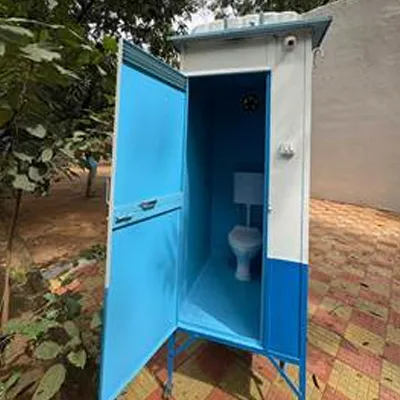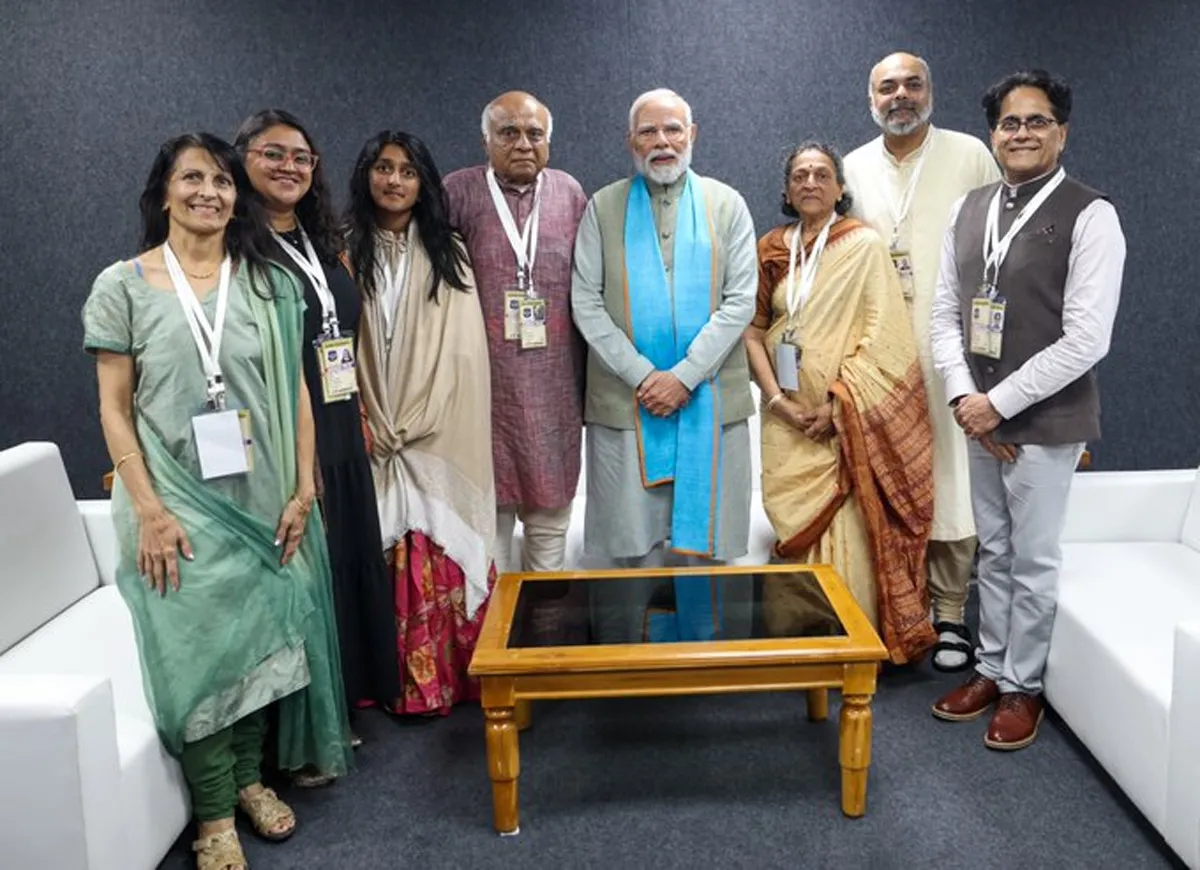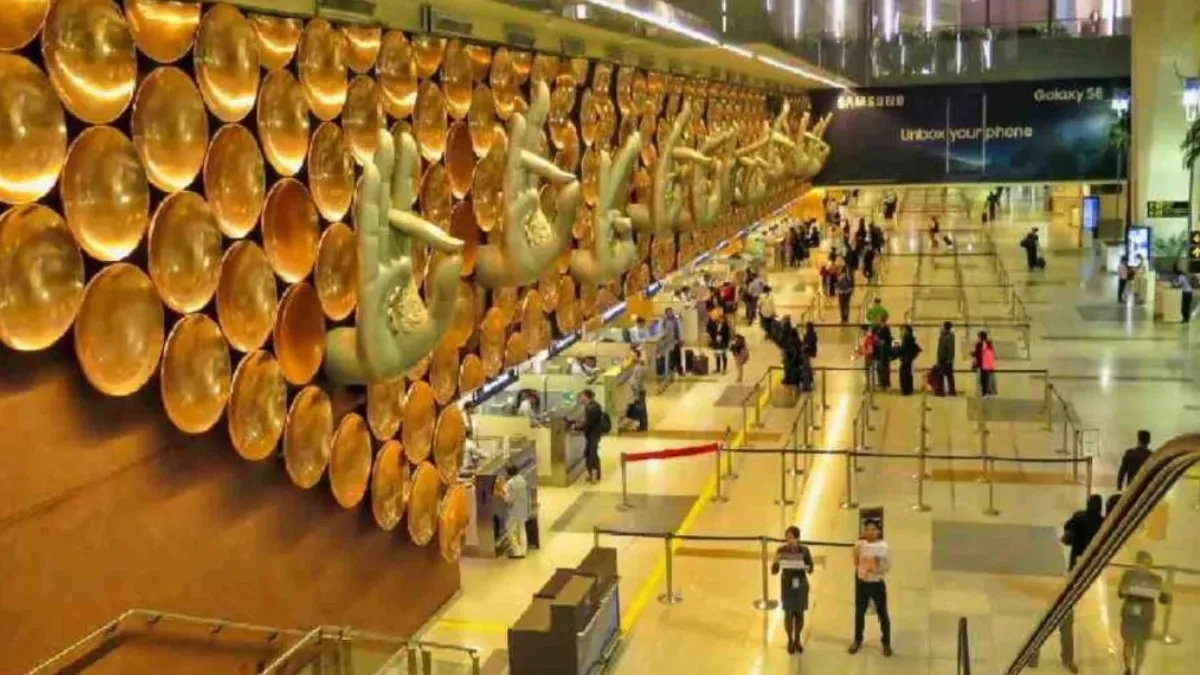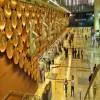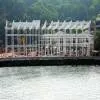“At present, construction and infrastructure account for about 40 per cent of the steel consumed in India,” says Manoj Gaur, Managing Director, Gaurs Group, and Vice-President, Confederation of Real Estate Developers' Associations of India, National. “We’d like to increase this share to 60 per cent in the long term.”
How might this happen?
In the real-estate sector, Alakesh Roy, Managing Director, Zamil Steel, cites only warehousing as a major demand generator for steel. “Warehousing takes off about one-fourth of our production, and will continue to grow,” he shares.
“Following up on the vision, ‘One Country, One GST’, will see more companies move closer to their market or the source of their raw material, and this will spur the creation of factories and warehouses,” opines S Krishnakumar, Chief Executive-Building Solutions, Everest Industries.
Gaur expects that granting infrastructure status to affordable housing and increasing the housing budget will revive domestic steel demand by boosting demand for construction-grade steel, particularly for roofing purposes.
Affordable housing would be a bigger driver of demand for steel if credit were to be made available at affordable interest rates to developers as well as buyers, says Amod Barve, CEO, Volta Green Structures, noting that developers’ liquidity issues haven’t allowed affordable housing to considerably scale up so far.
A lot of innovation is happening in the use of steel as a building material, says Nikhil Bothra, Director, Epack Polymers. For instance, he points out that “permanent housing in light gauge steel framing (LGSF) and pre-engineered steel is on the rise” and this will help achieve the dream of ‘Housing for All’ by 2022. In the factory sector, most PSUs are opting for steel structures as they help reduce construction time and cost.
Krishnakumar also sees plenty of scope for LGSF for the creation of superstructures on rooftops and structures in hard-to-reach locations such as hill stations, and for hybrid structures combining built-up sections with smart steel building for the creation of malls, cinemas, offices and other commercial buildings.
“Steel-based raised access flooring is finding favour with reputed MNC giants and Fortune 500 companies with offices in India,” points out Rajkotwala. “Raised access floors accommodate high-speed fit-out programmes, layout changes, technology upgrades and modularity over the lifecycle of the building. We’re seeing greater interest in our steel cementitious panel raised-access floor product than in our chipboard panel and calcium sulphate panel-based floor solutions. Steel forms the case of the product while a proprietary cementitious concrete formula makes up its core.”
To boost growth, Bothra says, “The Government should introduce policies to make quick construction and building insulation mandatory to save natural resources. Steel is eco-friendly and lends itself to fast construction.”
Plans to construct new stations across India, if implemented with precast and steel, will enhance the growth of the steel industry, Bothra continues.
“We’ve seen some expansion in the rail sector in the past three years, which is expected to continue to drive the demand for steel,” agrees Barve.
Krishnakumar believes introducing new trains will require more coach-building and servicing factories, which are likely to be built in steel, while metro rail projects in cities like Jaipur, Pune, Nagpur and Kanpur—and in future in every city with a population over 1 million, if the Government stands by its commitment—will be a major driver of demand for steel as stations are typically pre-engineered steel buildings.
Zamil Steel is engaged in the power and rail sectors, among others. “Power grid expansions and rail expansion, in particular the manufacturing of coaches and engines in India, will boost demand for steel,” says Roy.
“A lot of steel is also being used in the power sector, particularly for supplementary items needed in power transmission, which is slated to grow in the near future,” observes Bothra. “Assuring power for all will involve the creation of many more substations and renewable energy projects, which will involve steel,” adds Krishnakumar.
The expansion of roads and airport infrastructure may also bode well for the steel industry. Krishnakumar explains how: “Road projects will drive the creation of associated infrastructure such as food courts along highways, trauma centres to take care of the fallout of high-speed driving and truck stops. If these are built in steel, they will come up quickly and spur demand for steel. Plans exist for the creation of airports in smaller towns, obviously not at the same scale and cost as in cities, but if these are built in steel, they can come up quickly and meet the need for aesthetically pleasing structures.”
- CHARU BAHRI
